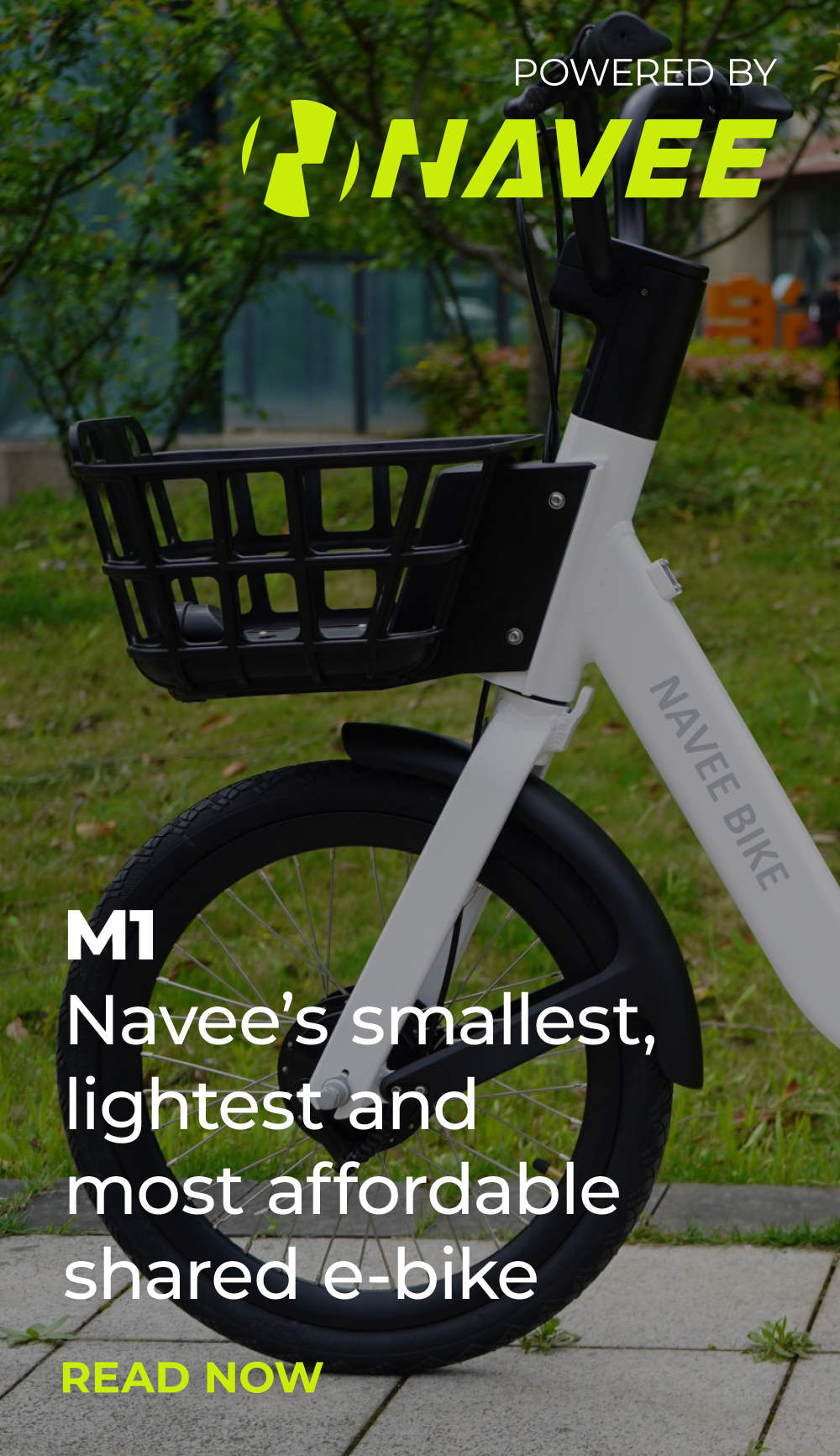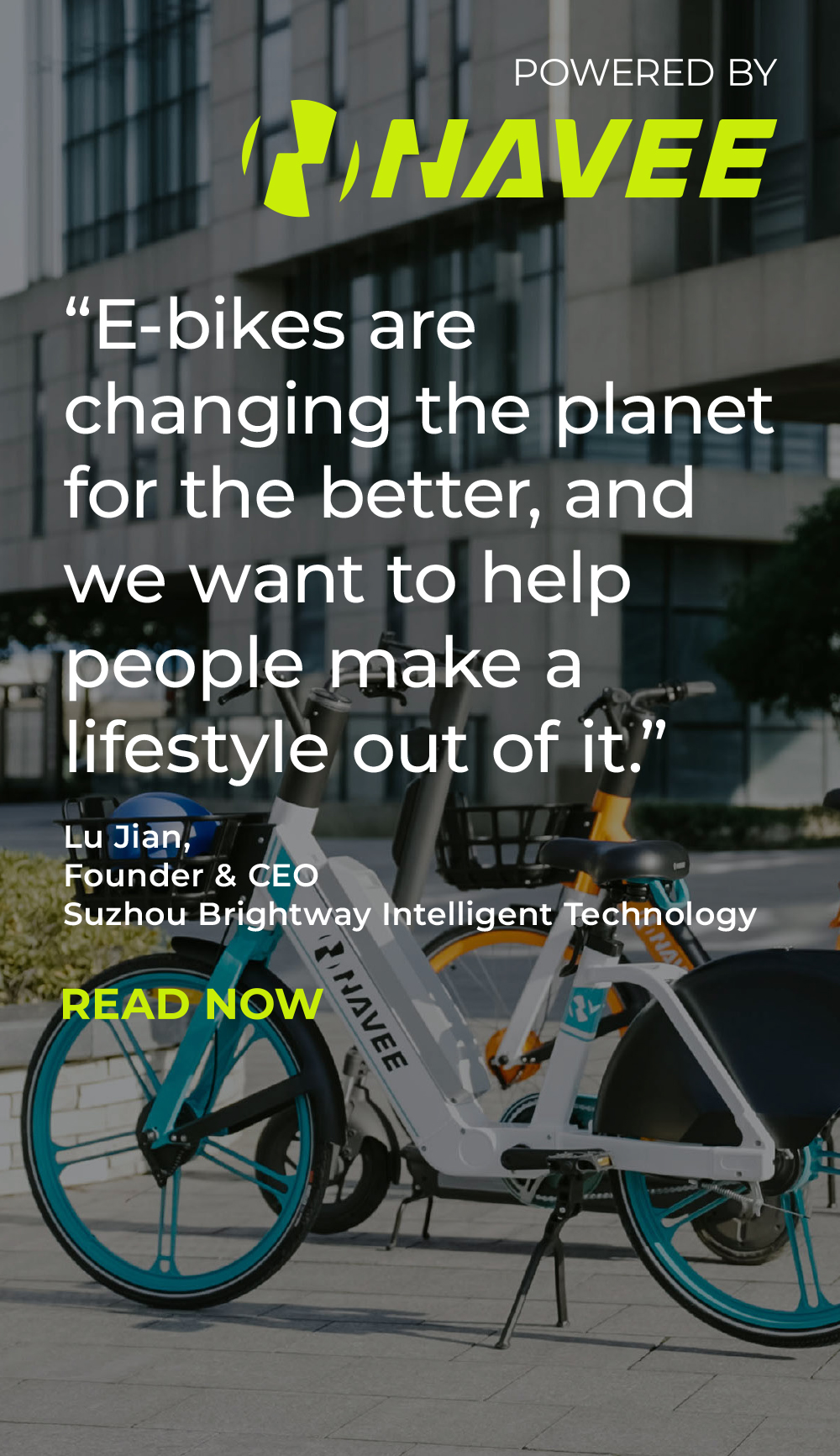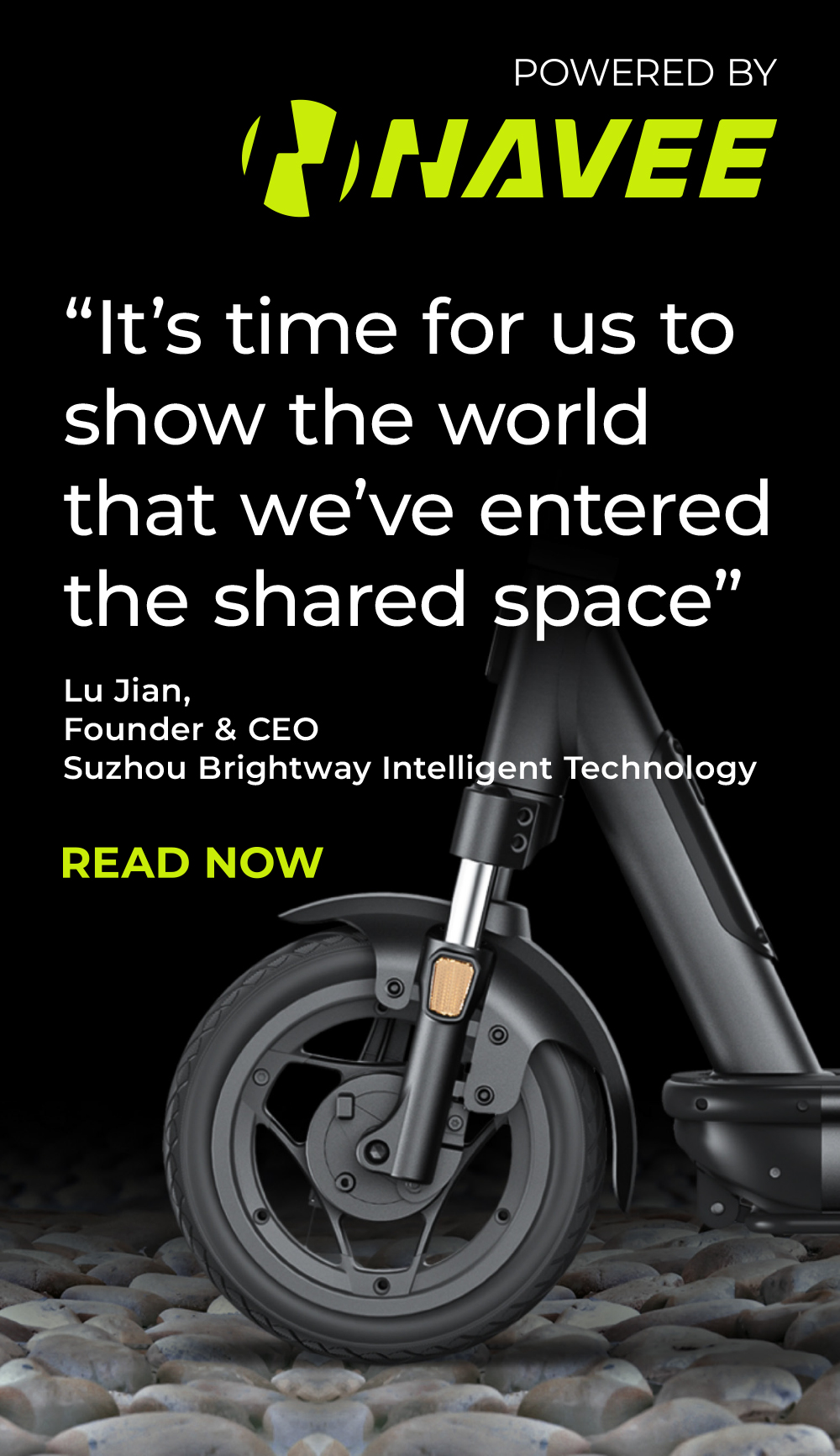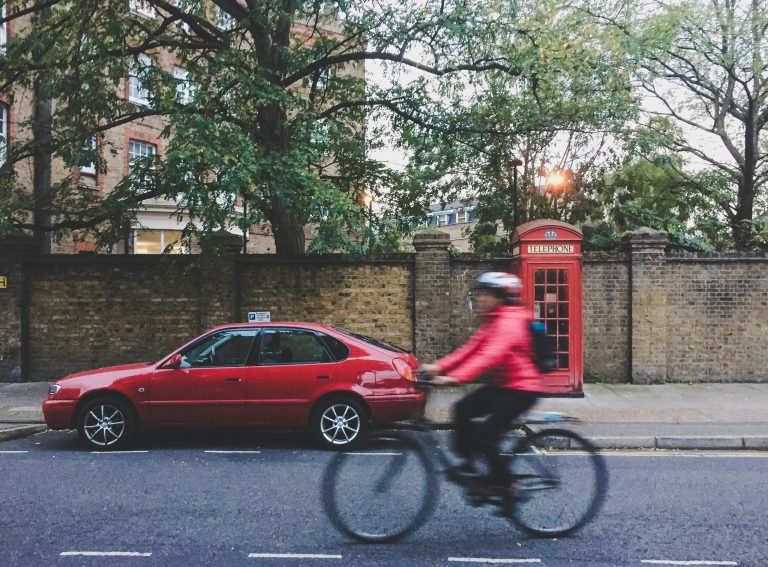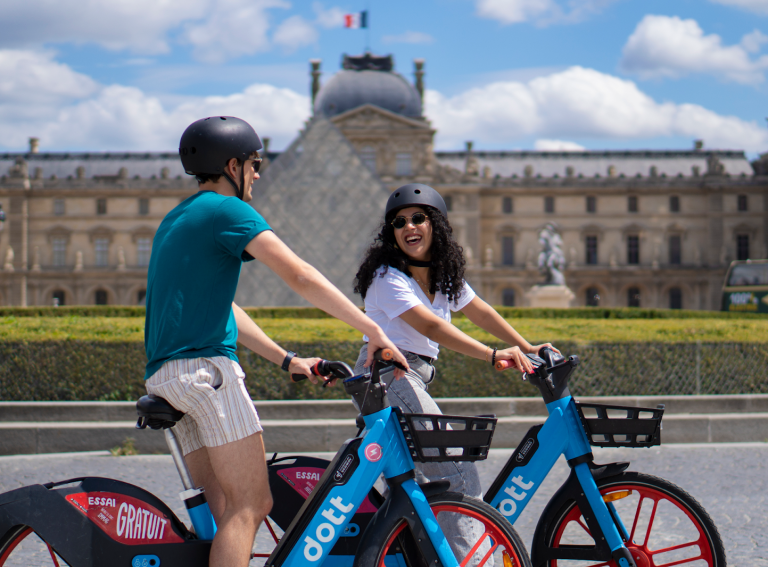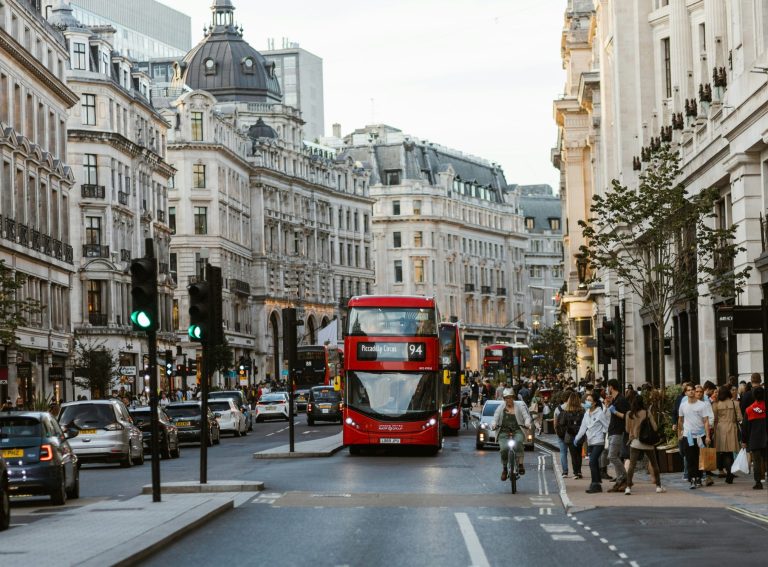Think tank Fare City’s recently launched report showed a reduction of 76.2% of carbon emissions (CO2e) across 17 trips in a food market by switching to zero-tailpipe emission (ZTE) modes of transport.
The finding is a result of Fare City’s first-of-its-kind pilot at Maltby Street Market in London to show how traders of a working food market can successfully tackle air pollution and reduce their carbon emissions.
The project lasted 12 months and culminated in a two-day Cleaner Air Market (CAM) weekend, which enabled half the market traders to trial either cargo bikes or electric vans for some or all of their market weekend trips.
The trial also found that cargo bikes contribute 67.5 times less CO2e than diesel vans, while electric vans contribute 3.5 times less CO2e than diesel vans.
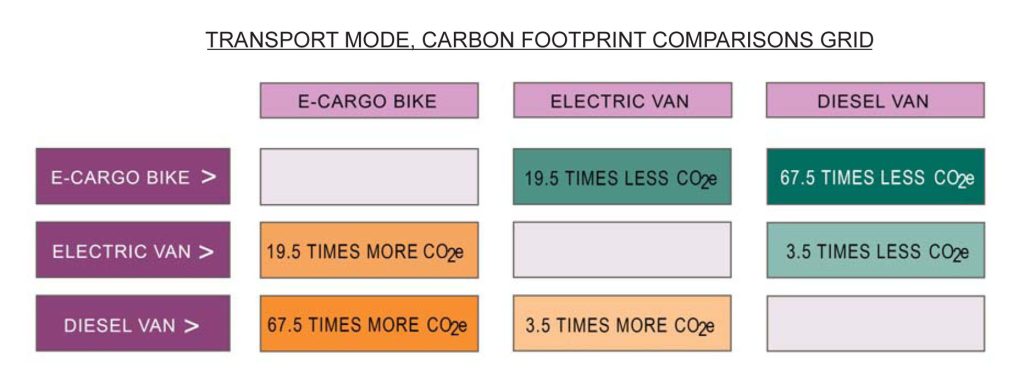
The Maltby Street Market
The year’s CAM pilot was split into eight separate project stages. One of the first tasks was to land on a suitable location.
Maltby Street Market opened in 2010 in south-east London and contains a selection of food stalls run by 10 market traders.
Speaking with Charles Critchell, Managing Director of Fare City, he said they chose Maltby Street as the location for the trial to show traders the use applications of micromobility and EV’s.
“Markets are embedded in the heart of communities and they actually contribute to a lot of local air pollution,” said Critchell. “Traders typically use diesel cars and vans to transport food and commodities to serve a high concentration of people. So our aim was to help traders transition to zero tailpipe emission modes.”
During the research project, the project team had to engage with these market traders to encourage them to make the switch to a cargo bike or e-van. So project partners ran workshops, including pollution and disability awareness workshops.
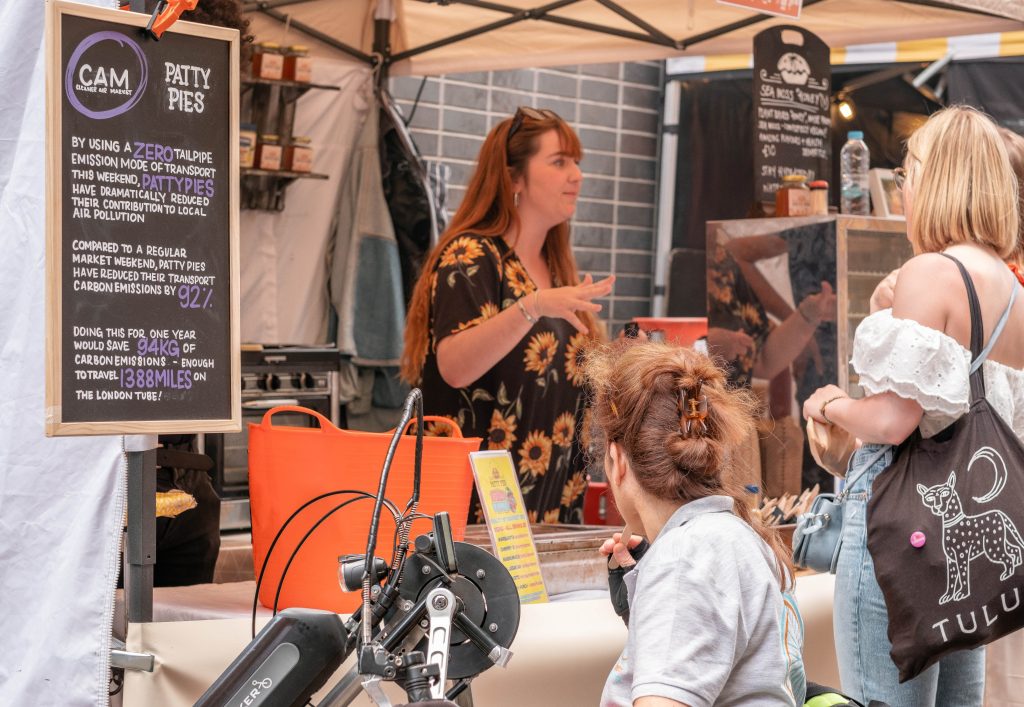
Small markets still mean hundreds of trips
The project team’s research suggests that even the smallest markets have complex supply chains to service them.
Critchell said: “I had all these misconceptions about what went on at a market – I thought it was just traders loading up their van in their commercial kitchen or house, bringing it to market, unloading, trading and then loading it up again and going home. But actually in our audit of Maltby Street we realised there are hundreds of journeys over the two day weekend. People get items brought in wholesale while others pop out when they’ve run out of something.”
Replacing even a fraction of these trips via ZTE modes – initially at Maltby Street Market but then potentially at markets throughout the UK – would result in considerable health, wellbeing and economic gains for all.
However, one of the big findings from the pilot was that many of the market traders were reluctant to make the switch.
“Even though we were offering traders these sustainable modes on a plate by paying for it all and dropping the vehicles at their door, it often still wasn’t enough to entice people to part with their vans,” said Critchell.
“A lot of people think it’s just a case of subsidy and finance when actually it runs much deeper than that. Car dependency and how much people rely and associate with their vehicles is really embedded. Even with the electric vans, which are seen to be like-for-like, there were still issues with traders which stopped them from going for it.”
This was the crux of the project – how the project team could get the market traders to understand that these vehicles could fit into their existing operation.
Overall 90% of the market traders and 57% of all market businesses engaged with some element of the project. One trader purchased a cargo bike as a result of the project, while 80% of participating traders said they were likely or very likely to choose a ZTE mode of transport in the near future.
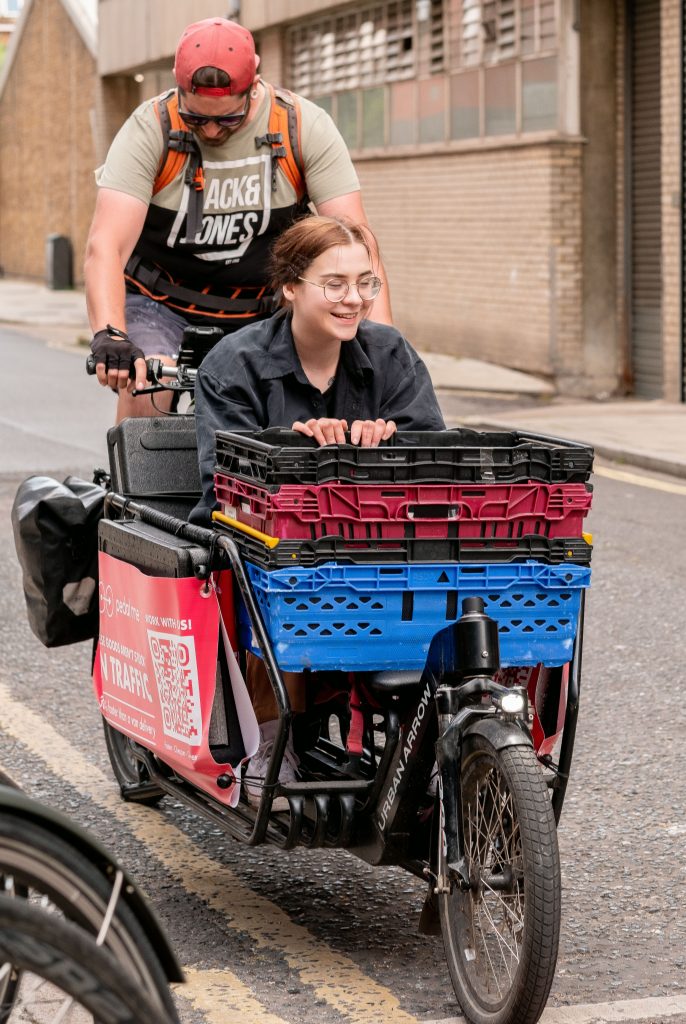
Part report, part toolkit
The report is designed to act as a blueprint for future Cleaner Air Markets as it outlines how other UK markets can initially determine, develop, and deliver a Cleaner Air Market and what the potential benefits would be.
“It’s part report, part toolkit to show other markets how they can reduce their carbon emissions in a low risk way,” said Critchell.
The project team has identified two Cleaner Air Market Models for other markets to adopt. A long-CAM is what was trialled at Maltby Street and consists of eight stages – Team, Audit, Funding, Strategy, Procurement, Trials, Engagement and Event. A short-CAM reduces the number of project stages to three – Strategy, Procurement and Trials.
“The short-CAM model is this idea of continuous trial which may be more appealing for market traders because it’s more organic. This would mean you could give market traders the opportunity to trial say a cargo bike on a long-term basis.”
The Cleaner Air Market was funded by the Foundation for Integrated Transport, and delivered by a range of clean air and sustainable transport charities, social enterprises and companies. These include Pedal Me, Mums for Lungs, Wheels for Wellbeing and Clean Cities Campaign.
Stephen Joseph OBE, Trustee and Chair, Foundation for Integrated Transport, said: “The report is genuinely groundbreaking and shows that there needs to be more incentives and support for small businesses in public markets to switch to zero emission vehicles.”
Hina Bokhari, Liberal Democrat London Assembly Member, commented: “This report shows that improving air quality and reaching net zero in the capital city is both possible and economical. I’ve led meetings at the London Assembly highlighting the opportunities that cargo bikes have for London’s street markets and small businesses because of examples such as Maltby Street market. Cleaner Air Markets are an exciting new future for London and beyond.”
You can join the Cleaner Air Market report launch event, either in-person, or online, by signing up here.

